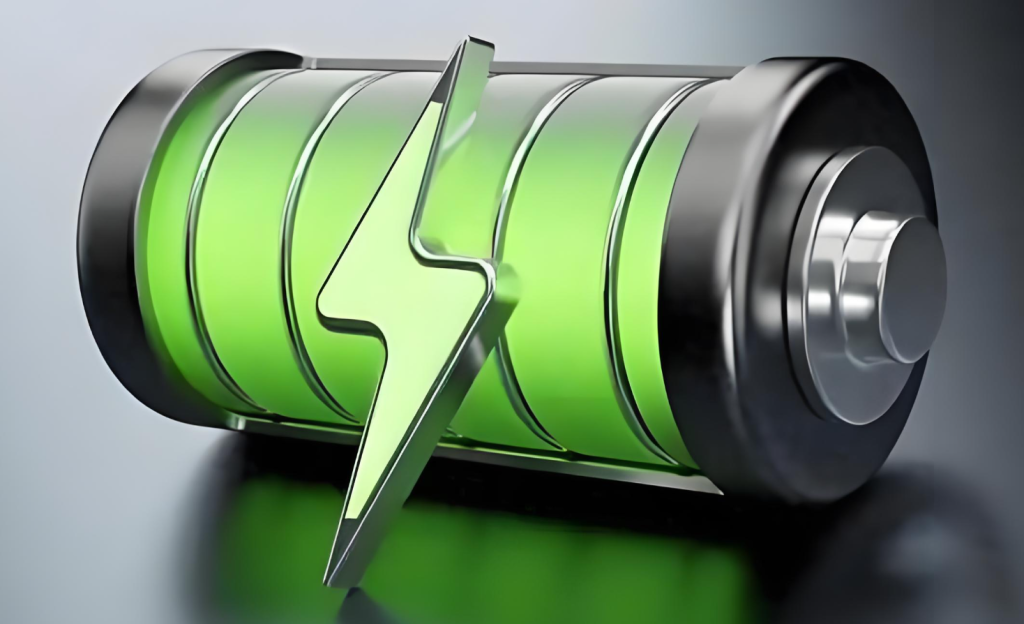Graphene in Lithium Batteries: Improving Capacity and Cycle Life
🔋 Introduction: The Push for Better Lithium-Ion Batteries
In today’s electrified world, lithium-ion batteries power everything—from smartphones and laptops to electric vehicles and grid storage systems. However, energy density, cycle life, safety, and charging speed remain key challenges. To overcome these, researchers and manufacturers are turning to graphene, a material that addresses multiple limitations simultaneously.

With its high conductivity, large surface area, mechanical flexibility, and chemical stability, graphene is revolutionizing the design and performance of lithium battery components—especially anodes, cathodes, and conductive additives.
⚡ Section 1: Why Traditional Lithium Batteries Need an Upgrade
| Challenge | Impact on Battery Performance |
|---|---|
| Limited cycle life | Degrades after hundreds of cycles |
| Low energy density | Shorter run time or driving range |
| Poor conductivity of active materials | Limits power output |
| SEI formation and dendrite growth | Reduces safety and longevity |
| Electrode swelling | Mechanical degradation over cycles |
Conventional graphite anodes, though reliable, are limited to a theoretical capacity of 372 mAh/g. Many newer high-capacity materials like silicon and sulfur suffer from low conductivity or large volume changes, which graphene helps mitigate.
🧪 Section 2: Graphene as a Conductive Additive
Graphene’s 2D sheet-like structure provides continuous electron pathways when added to electrode formulations. Unlike carbon black or graphite particles, graphene forms a percolating conductive network with:
-
Higher electrical conductivity
-
Lower percolation threshold
-
Enhanced mechanical strength
-
Improved thermal stability
Benefits:
-
Enables faster charge/discharge rates
-
Reduces IR drop and internal resistance
-
Stabilizes the electrode structure under cycling stress
Even with small additions (0.5–3 wt%), graphene improves performance in both cathodes (LiFePO₄, NMC, NCA) and anodes (graphite, silicon, tin-based).
🪨 Section 3: Graphene in Anodes – Boosting Capacity
🔹 Graphene + Silicon:
Silicon has a theoretical capacity of ~4200 mAh/g, over 10× that of graphite, but it swells ~300% during lithiation. Graphene:
-
Buffers volume change via its flexibility
-
Creates a 3D conductive network to keep Si connected
-
Improves electrolyte wettability and SEI stability
Result: Si-graphene composites show cycle stability >300 cycles with 70–80% capacity retention.
🔹 Graphene + Graphite:
When blended with natural or synthetic graphite:
-
Improves rate capability (up to 5–10C)
-
Reduces formation of lithium plating during fast charging
-
Enhances low-temperature performance
🔹 Graphene-only anodes:
Using reduced graphene oxide (rGO) or few-layer graphene, standalone anodes achieve:
-
Capacities of 500–1000 mAh/g
-
Excellent cycling due to graphene’s structure and conductivity
🔋 Section 4: Graphene in Cathodes – Stability & Rate Performance
Though cathodes are generally less affected by swelling, many suffer from:
-
Poor conductivity (e.g., LFP)
-
Structural degradation (e.g., NMC811)
-
Surface reactions with electrolyte
Graphene coating or blending offers:
| Cathode | Graphene Effect |
|---|---|
| LiFePO₄ | Improves conductivity & rate capability |
| NMC/NCA | Stabilizes surface, prevents oxygen loss |
| Sulfur | Improves conductivity, traps polysulfides |
| LiCoO₂ | Enhances cycle life at high voltages |
Even small amounts of functionalized graphene or rGO coatings enhance cycling, capacity retention, and thermal safety.
🌡️ Section 5: Thermal Management and Safety
Lithium-ion batteries can overheat during fast charging or under abuse. Graphene materials help by:
-
Acting as thermal pathways in electrodes and separators
-
Reducing hot spot formation
-
Enhancing fire resistance in flame-retardant composites
-
Improving thermal interface between cell components
This contributes to faster charging, reduced risk of thermal runaway, and longer cycle life.
🧱 Section 6: Graphene Forms and Integration Methods
Graphene can be incorporated into lithium battery components in several ways:
| Form | Application | Description |
|---|---|---|
| GO/rGO dispersions | Anode coatings, slurries | Water or solvent-based; compatible with mixing processes |
| Dry graphene powder | Conductive additive | High SSA, blends with graphite, Si |
| Graphene slurry/paste | Electrode ink | Printable on foil or fabric |
| Graphene-coated foils | Current collectors | Reduces resistance and corrosion |
GrapheneRich offers customizable graphene products suitable for integration into cathode, anode, or separator formulations.
🧪 Section 7: Case Studies and Lab Data
Case Study: Graphene-Anode Blend
-
90% graphite + 10% rGO
-
15% higher capacity than graphite-only
-
85% retention after 500 cycles
Case Study: Silicon-Graphene Composite
-
Si/rGO hybrid
-
Initial capacity: 1800 mAh/g
-
Retention: 78% after 300 cycles
Case Study: LFP + Graphene Coating
-
LFP cathode with 2% rGO
-
Charge rate: 10C capable
-
Thermal stability ↑ 35%
These data illustrate graphene’s versatility across cell chemistry.
⚙️ GrapheneRich Solutions for Battery Innovators
GrapheneRich provides a wide portfolio for lithium battery R&D and production:
🔋 GO/rGO dispersions (0.5–5 mg/mL)
-
Water or alcohol base
-
Stable and customizable for slurry mixing
🧪 Conductive graphene powder
-
High surface area
-
Surface-functionalized for binder compatibility
🧱 Custom anode/cathode additive packages
-
Pre-mixed with graphite or silicon
-
Designed for pilot-line and mass production
📊 Technical support and formulation advice
🌍 Conclusion: A Smarter, Longer-Lasting Battery Future with Graphene
Graphene is not just a novel material—it’s a strategic enabler for the next generation of lithium batteries. Whether boosting capacity, enhancing rate performance, or extending cycle life, graphene offers multi-dimensional performance gains with minimal integration effort.
From lab to factory, GrapheneRich helps bridge the gap.
🔌 Contact us for sample requests, formulation assistance, or custom material development.

